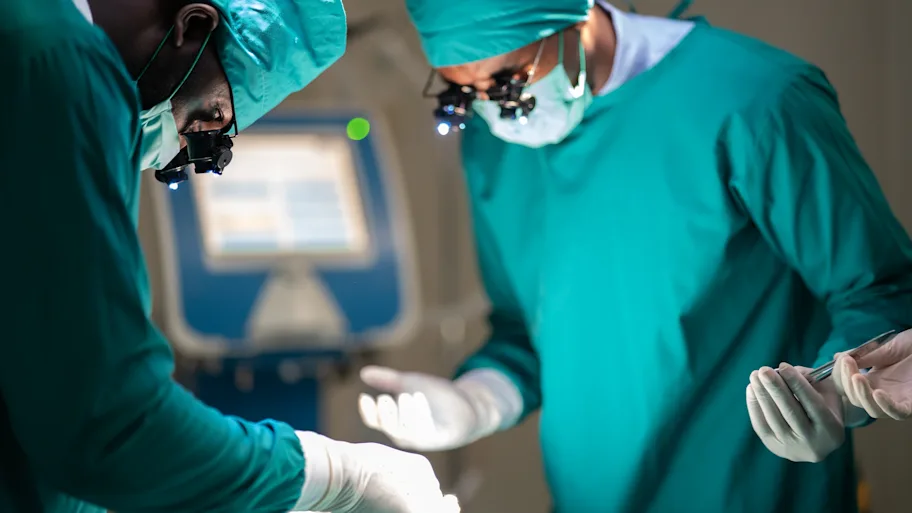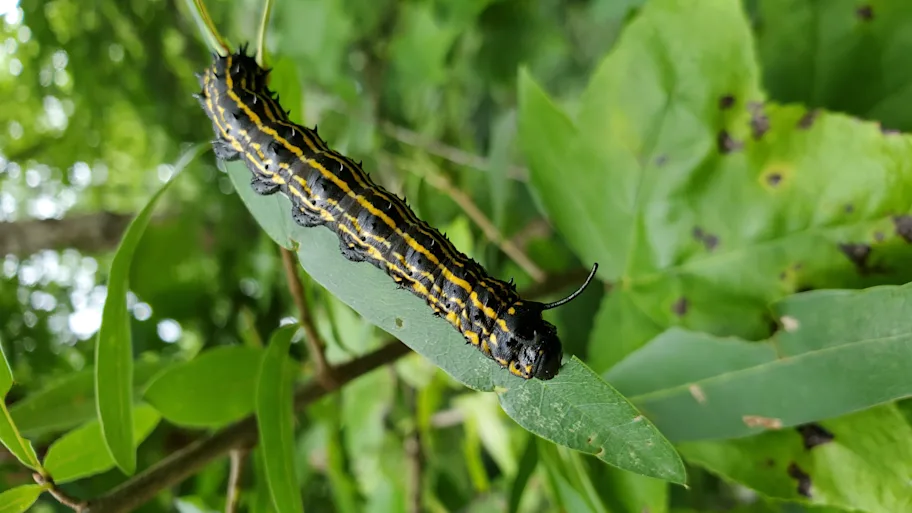
- Science News
- Health
- Ultrasound beam triggers ‘nanodroplets' to deliver drugs at exactly the right spot
Ultrasound beam triggers ‘nanodroplets' to deliver drugs at exactly the right spot

Conventional drug delivery is inefficient and imprecise. Through a series of preclinical experiments, researchers from the University of Utah have optimized a novel, targeted method of delivery through nanodroplet carriers, which are triggered to release their drug at exactly the desired spot by a focused beam of ultrasound. Their results showed that nanodroplets with a core of perfluorooctylbromide are stable, efficient in delivery, and well tolerated. Clinical experiments are likely to follow.
Conventional drug delivery is often like cracking a nut with a sledgehammer. Whether the drug is swallowed, injected, inhaled, or absorbed through the skin, it ultimately diffuses to most parts of the body, including those where it isn’t needed – or where it even might cause harm.
But what if the delivery could be targeted at exactly the right spot? This would allow the total dose to be dramatically lower, thus minimizing side-effects.
Now, scientists from the US have found a way to perfect a promising, emerging method that does just that. With their new protocol, the method is made both safe and efficient for the first time, hopefully paving the way for first-in-human trials. The results are published in Frontiers in Molecular Biosciences.
“Here we show a method to deliver drugs to specific areas of the body where they are needed. We do so using ultrasound waves, which trigger drug release from circulating nanocarriers when focused on the target,” said Matthew G Wilson, a graduate research assistant at the University of Utah, and the study’s first author.
“We developed a method to produce stable nanocarriers repeatably, and identified ultrasound parameters that can activate them.”
Nanoengineered droplets
The nanocarriers are minuscule droplets, between 470 and 550 nanometers across, with a hollow outer shell composed of polymer molecules. These polymers have two distinct ends: a ‘hydrophilic’ one, which mixes well with watery solutions like blood and which faces outward, and a ‘hydrophobic’ one that doesn’t mix with water and which faces inwards.
Within the shell is an inner core of hydrophobic perfluorocarbons, molecules that consist mostly of fluorine and carbon, and which are mixed with an equally hydrophobic drug of interest. The shells keep the cores apart, preventing them from coalescing into a single droplet, and form a barrier against the immune system. The effect is much like mayonnaise, where proteins from eggs form droplets of encapsulated oils, where otherwise the oil and water would separate completely.
Read and download original article
To release the drug, the researchers played back an ultrasound – a sound wave with a frequency beyond the upper limit of human hearing – of 300 or 900 kilohertz. The beam of ultrasound can be steered across three dimensions, to focus on a desired area within the body that is only a few millimeters across.
The ultrasound is thought to cause the perfluorocarbons to expand, stretching out the droplet’s shell and making it more permeable to the drug, which then diffuses out to the organs, tissues, or cells where it is required.
The researchers compared the efficiency of delivery of a representative drug – the anesthetic and sedative propofol – between three different perfluorocarbons, perfluoropentane (PFP), decafluoropentane (DFP), and perfluorooctylbromide (PFOB). The ultrasound was delivered to the nanodroplets in vitro, in 60 pulses of 100 milliseconds over one minute.
Reaching the boiling point
The results showed that the balance between stability of the nanodroplets and the efficiency of delivery was optimal for PFOB cores.
“Previous studies have focused on perfluorocarbons with low boiling points – usually lower than the human body temperature. We found that droplets with a PFOB core, which has a boiling point of 142 °C, are much more stable over time,” explained Wilson.
“Despite its high boiling point, PFOB can achieve similar levels of drug release when low-frequency ultrasound of 300 kilohertz is applied. The ultrasound frequency turned out to be a critical factor in our study.”
To test for safety, the researchers injected a single long-tailed macaque with six doses of PFOB-based nanodroplets at one-week intervals, and monitored the evolution of a range of blood biomarkers for liver, kidney, and immune response function. This experiment, which had been approved by University of Utah Institutional Animal Care and Use Committee, showed that the nanodroplets were well tolerated, with no detectable side-effects. These experiments will need to be replicated in microdosing or Phase I trials on human volunteers. The authors also published their protocol for the production of the nanodroplets as open science, so other research groups can learn directly from their findings.
“The method we developed can be applied to any of a variety of conditions depending on the drug used. For psychiatric applications, localized delivery of propofol could be used as a diagnostic tool to identify brain regions causally involved in disorders for individual patients. For more lasting treatment, ketamine delivery could be a potent method to rewire neural circuits,” concluded Wilson’s academic supervisor, Dr Jan Kubanek, an assistant professor at the University of Utah, and the study’s senior author.
REPUBLISHING GUIDELINES: Open access and sharing research is part of Frontiers’ mission. Unless otherwise noted, you can republish articles posted in the Frontiers news site — as long as you include a link back to the original research. Selling the articles is not allowed.






